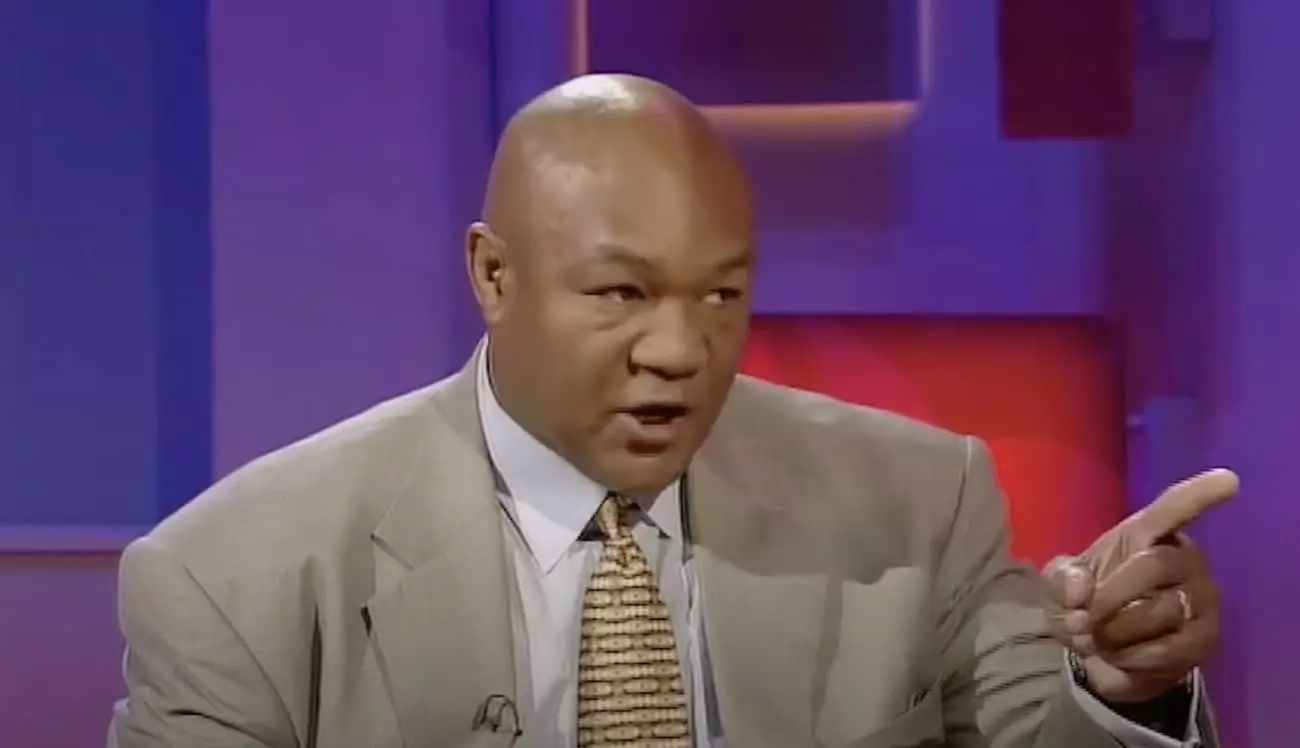The legacy of George Foreman is a rich tapestry woven through victories, defeats, and the enigmatic dance of fate that often accompanies athletes in the ring. On November 5, 1994, Foreman etched his name back into the annals of boxing after a tumultuous career filled with profound highs and devastating lows. To understand this pivotal moment, we must journey through the decades that shaped him, especially the haunting defeat he suffered against Muhammad Ali in Zaire exactly 20 years prior. That infamous rumble not only changed the trajectory of his boxing career but redefined him as an individual.
The sporting world witnessed the extraordinary transformation of Foreman—from a fierce, intimidating figure to a beloved personality steeped in resilience and humility. This metamorphosis was a crucial factor in the acclaim he ultimately received, particularly as he faced Michael Moorer, a fighter who embodied youth and talent. At 45, Foreman’s battle against Moorer marked a unique juncture where the past and present converged, blending nostalgia with the thrill of a fresh fight.
The Clash of Eras: Foreman’s Return
When George Foreman squared off against Michael Moorer, an array of dynamics played out in the ring. Foreman was stepping back into the spotlight on a night that harked back to the glory days of heavyweight boxing. He wore the same boxing trunks that accompanied him in his earlier bout against Ali, a symbolic gesture that connected his past with the present. With his iconic trainer Angelo Dundee by his side, Foreman’s re-emergence was not only a physical challenge but also a spiritual pilgrimage—a chance for him to reconcile his loss and redefine his legacy.
Moorer, on the other hand, stood as the reigning heavyweight champion, having already dethroned Evander Holyfield. His youth and agility presented a formidable challenge for the aging Foreman. At 26, Moorer sought to cement his legacy by asserting his dominance over a fighter many deemed past his prime. HBO’s Larry Merchant’s jab about Foreman’s age added a layer of tension and humor, exposing the captivating narrative of battle between age and youth.
In the early rounds of the match, Moorer utilized his speed and finesse to effectively control the fight. He delivered punches with precision, showcasing his training and expertise acquired in the renowned Kronk Gym. Yet, beneath this veneer of dominance lay a critical mistake—an overconfidence that led him to underestimate Foreman’s ability to strategize. Moorer, perhaps influenced by the whispers of his corner, ignored the warning signs of stepping into Foreman’s territory.
Essentially, it was this hubris that turned the tide. As Foreman bided his time, he artfully maneuvered to set up the knockout punch. When Moorer’s strategy backfired, Foreman launched a devastating combination that culminated in a resounding right hand landing solidly on Moorer’s chin. The moment was surreal—a sudden end to the fight that had seemed in Moorer’s favor moments before. With Moorer sprawled on the canvas and the audience in disbelief, Foreman became the embodiment of resilience and triumph, a phoenix rising from the ashes of past defeats.
What transpired in that Las Vegas arena on November 5, 1994, can be seen as a cinematic twist of fate for both fighters. Foreman delivered a message not only about physical endurance and skill but about perseverance, faith, and redemption. He knelt in gratitude, a poignant image of a man who had confronted his past and triumphed against the odds.
Today, as we commemorate the 30th anniversary of this remarkable event, we reminisce about how Foreman’s victory over Moorer was more than just regaining the heavyweight title. It represented closure for a man who had faced the specter of defeat many times—both within and outside the ring.
In closing, George Foreman’s journey from the crushing loss to Muhammad Ali to a glorious victory against Michael Moorer serves as a powerful reminder of the complexities of sport and life. It teaches us that the most compelling stories are often those of redemption, pushing the boundaries of resilience against all odds. In a world that constantly demands we move forward, Foreman’s career stands testament to the beauty of full circles, patience, and ultimately, the embrace of our own narratives.

